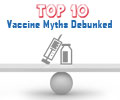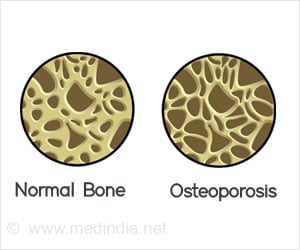In a novel study, scientists at Oregon State University have developed a new ‘adjuvant’ that would allow the creation of important new vaccines for various diseases.
In a novel study, scientists at Oregon State University have developed a new ‘adjuvant’ that would allow the creation of important new vaccines for various diseases.
It can possibly become a universal vaccine carrier, and help medical experts tackle many diseases more effectively.Adjuvants are substances that are not immunogenic themselves, but increase the immune response when used in combination with a vaccine.
However, due to concerns about safety and toxicity, there's only a single vaccine adjuvant - aluminum hydroxide, or alum, that has been approved for human use.
It's found in such common vaccines as hepatitis B and tetanus.
The new adjuvant is based on nanoparticles prepared with lecithin, a common food product.
The study conducted over animal models showed that it helped protein antigens to induce an immune response more than six times stronger than when alum was used.
Advertisement
"In many cases, to make progress with vaccine development we need new adjuvants," said Zhengrong Cui, an assistant professor of pharmaceutics at OSU and corresponding author on the new study.
Advertisement
"This new form of using lecithin nanoparticles as an adjuvant is promising and could become very important.
"Our early studies with laboratory animals seem to suggest that a vaccine based on the lecithin nanoparticle adjuvant would not only be more effective, but be tolerated by the body more readily than one using alum.
"Lecithin is very non-toxic, it's one of many compounds 'generally recognized as safe' by the FDA, and at the injection site we saw none of the nodules and tissue hardening you sometimes see with vaccines that use alum," Cui added.
If the new adjuvant is ultimately shown to be safe and is approved following clinical trials, Cui said, it could become the basis for a revolution in the production of vaccines and serve as a universal carrier.
The findings have been published in the Journal of Controlled Release.
Source-ANI
ARU









